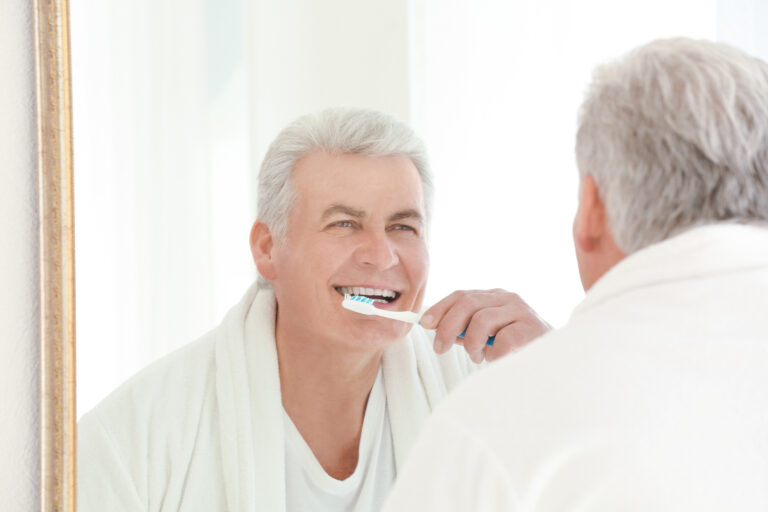Aging is often seen as a race against time, pushing us to do more—more exercise, more activities, more everything—to stay youthful. But what if the secret to aging better lies not in doing more but in doing less? This idea might sound surprising, yet slowing down and simplifying can have powerful benefits for our health and longevity.
Our bodies naturally change as we age. Muscle mass tends to decrease, heart and lung function may decline, and energy levels often dip. Many people respond by ramping up intense workouts or complicated routines. However, research suggests that moderate activity combined with rest can be far more effective than constant high-intensity effort.
One key aspect of aging well is maintaining heart health through gentle aerobic exercise like brisk walking or light jogging. These activities improve cardiovascular function without overtaxing the body. For example, a steady 45-minute walk at a comfortable pace several times a week supports your heart’s ability to pump efficiently while also helping regulate blood sugar and energy use throughout the day.
Interestingly, it’s not just about moving but how you move that counts. Studies show that walking briskly—even just slightly faster than usual—can reduce your biological age by years compared to slow walking or inactivity. Yet this doesn’t mean pushing yourself to exhaustion; rather it means finding an enjoyable rhythm where your body feels challenged but not overwhelmed.
Doing less also means embracing rest periods during activity—pausing briefly during walks or runs allows your heart rate to fluctuate naturally and strengthens cardiovascular resilience over time. This balance between movement and pause helps keep cells healthier longer by reducing stress on tissues while still promoting circulation.
Beyond physical movement, “doing less” extends into lifestyle choices such as cutting back on ultra-processed foods which burden metabolism and accelerate aging processes internally. Simplifying diet alongside moderate exercise creates an environment where the body can repair itself effectively without constant strain.
Strength training is another area where quality beats quantity: short sessions focused on building muscle support brain health and slow cellular aging when done consistently but without excessive volume or intensity.
Ultimately, the unexpected power of doing less lies in respecting your body’s natural rhythms instead of fighting them with relentless effort. By choosing moderate aerobic activity at a comfortable pace combined with adequate rest—and pairing this with mindful nutrition—you create sustainable habits that promote vitality well into later years.
Aging better isn’t about racing against time; it’s about pacing yourself wisely so you thrive longer with strength, clarity, and joy in everyday life.





